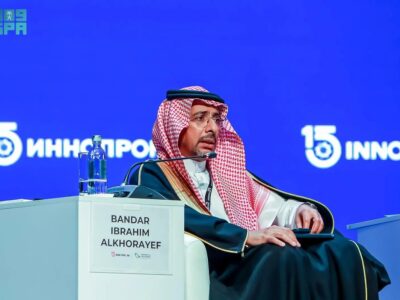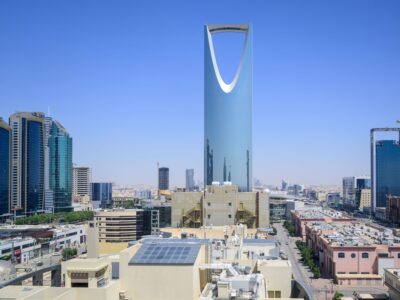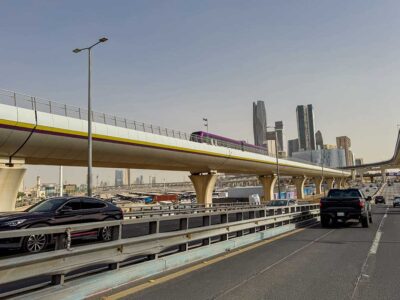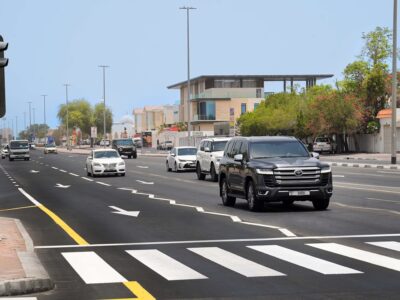With substantial oil revenues and massive ambition, Kuwait City may take centre stage in years to come.
Kuwait has always been something of forgotten market as contractors focus on the more high-profile projects in the UAE and Saudi Arabia. However, with the fifth largest oil reserves in the world, a dramatically changing infrastructure and a reform of the sponsorship system, Kuwait City is rapidly becoming a market that demands more interest.
Following Bahrain’s lead, in August Kuwaiti labour minister Mohammad Al Affassi laid out his intention to change the country’s sponsorship system, which is likely to have major implications on working practices in Kuwait City.
“The ministry will put out several regulations to ensure the existence of specific and clear laws. Foreigners should not be abused and the ones who can prove after two or three years of their stay in Kuwait that they have an excellent record of good behaviour will be allowed to sponsor themselves,” said Al Affasi.
Meanwhile, much like the rapidly growing industrial city of Yanbu in Saudi Arabia, and Amman in Jordan, Kuwait City is seeing an increase in the number of infrastructure projects being deployed or coming to fruition. September saw Doosan Heavy Industries sign a deal to construct a desalination plant which will supply 30 million gallons of drinking water a day to the Kuwaiti capital.
“We have furthered our reputation as a reliable builder of reverse osmosis desalination plants, in addition to multi-stage flash plants, for which we enjoy our status as the world’s number one in terms of market share,” said Doosan senior vice president Yoon Sik Park. Kuwait is a particularly important market for Doosan, with projects also in Sabiya and Shuaibah.
Meanwhile, the Kuwait metro is currently in the feasibility stage. A consortium led by Dashti, along with members of Spain’s Ingenieria & Consultoria de Transporte (Ineco), and the local Kuwait United Development group together carried out the feasibility study. Parsons Brinckerhoff conducted a feasibly study of roadway design and the transportation networks in Kuwait. Invitation to bid for the main construction contract is expected to be in 2011. The metro is expected to be completed in 2016.
In addition the Metro, Kuwait International Airport is undergoing a US $750 million (KD214.8 million) expansion, with construction already taking place on site and expected to be finished by Q2 2014.
However, Kuwait City is a market where the potential is mostly likely to be realised in the long term. Kuwait’s largest project is Madinat Al Hareer – a $95 billion ‘City of Silk’ that will transform the entire face of the country, not just the capital.
Designed by Eric Kuhne and Associates, the development is the single largest real estate development in the Middle East, and will include a nature reserve, homes for 700,000 people and the world’s tallest tower, the Burj Mubarak Al Kabir. The Kuwait government has in principle approved the project, although little has been heard since May this year. The sheer scale of the project means it’s unlikely to be very visible until around 2016, but also means that there are many contracts up for grabs.
Madinat Al Hareer– US $90 billion Kuwait Metro– US$7bn Al Hamra Tower– US $950 million Kuwait International Airport Expansion– US $750 million Gate of Kuwait– US $300 million







